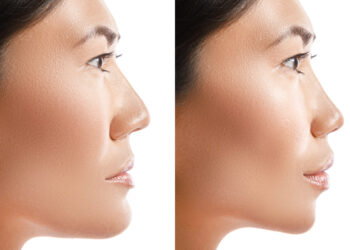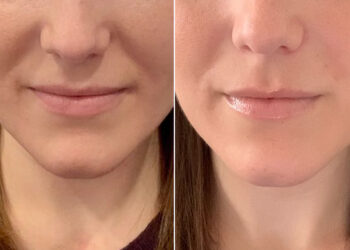A facelift is one of the best ways to improve and enhance your appearance. This surgical procedure is done to address some physical signs of aging on your face and neck. It tightens and repositions the underlying tissues and removes the excess skin to leave a more youthful and rejuvenated appearance.
If you are considering visiting a facelift clinic, it is important that you understand the procedures and steps involved. Take a look below.
Initial consultation and assessment
The journey to all successful cosmetic procedures begins with a thorough consultation and assessment. This is the stage where you talk about your issues, needs, and expectations. During this stage, a qualified and experienced plastic surgeon like Dr. Debraj Shome will evaluate your facial structures and features, discuss your desires and expectations, and, most importantly, assess your overall health to determine if you are a suitable candidate for the procedure.
Anesthesia and incisions
On the day of the procedure, the practitioner will start by administering anesthesia to ensure you remain calm and comfortable throughout the process. He will then go on to carefully make incisions in areas where visible scarring will be minimal. Depending on the patient’s needs, this is usually around the hairline, chin, and ears to make it easy to access the underlying tissues.
Repositioning tissues and tightening muscles
After making an incisions, the practitioner then lifts and repositions the underlying tissues and muscles to achieve the desired look. This will help restore the natural structure of the face and skin elasticity to create a more youthful appearance and enhance the definition of the face.
Removing excess skin and fat
This step is usually not mandatory. However, after the tissue repositioning and muscle tightening, the practitioner may still need to remove excess skin and fat for optimal results. This step is to create smoother and more defined contours.
If the desired look is still not achieved, additional procedures may be performed. Such procedures may include liposuction for the jawline and neckline.
Closure
After tissue repositioning, muscle tightening, and excess skin and fat removal, the surgeon closes the incisions, ensuring minimal visibility. While the incisions are designed to be discreet and hidden, visibility depends on their size and closure technique.
Recovery
Recovery time varies, with some patients taking a longer time and others a shorter time to completely heal. Immediately after the surgery, patients will be monitored closely to assess any vital signs and provide any necessary medications. Dressings and bandages may also be applied.
Patients may experience some symptoms following the surgery, such as swelling and bruising, especially during the first week. They may also need to limit their activities and avoid straining on and around the surgical area.
Gradually, these symptoms subside, and patients are able to return to their normal day-to-day activities. Following the doctor’s instructions is vital for success. Patients may be asked to protect their skin from the sun, given special instructions to care for the scars, and ensure they attend all follow-up appointments.
Conclusion
It is important for individuals considering a facelift to consult with a reputable facility like The Esthetic Clinics or a qualified practitioner and communicate their needs and expectations in order to achieve the desired results. Proper planning and realistic expectations are crucial for a successful procedure.








